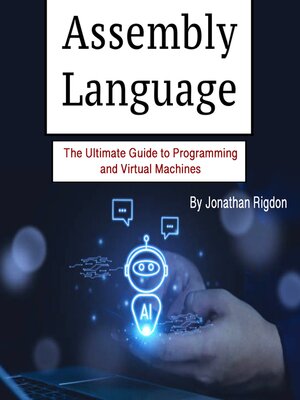Assembly Language
audiobook (Unabridged) ∣ The Ultimate Guide to Programming and Virtual Machines
By Jonathan Rigdon

Sign up to save your library
With an OverDrive account, you can save your favorite libraries for at-a-glance information about availability. Find out more about OverDrive accounts.
Find this title in Libby, the library reading app by OverDrive.



Search for a digital library with this title
Title found at these libraries:
| Library Name | Distance |
|---|---|
| Loading... |
Assembly language is often considered a bridge between high-level programming languages and machine code. Unlike high-level languages such as Python or C, which use human-readable syntax and abstract away many details of the underlying hardware, assembly language provides a more direct representation of the CPU's operations.
Each assembly language instruction corresponds to a specific operation that the CPU can perform, such as loading data from memory, performing arithmetic calculations, or branching based on conditions. These instructions are typically represented using mnemonic codes, which are easier for humans to understand compared to the binary machine code instructions that the CPU actually executes.
One of the key benefits of programming in assembly language is the level of control it provides over hardware resources. Because assembly language instructions map closely to CPU operations, programmers can fine-tune their code to optimize performance or interact directly with hardware peripherals.







